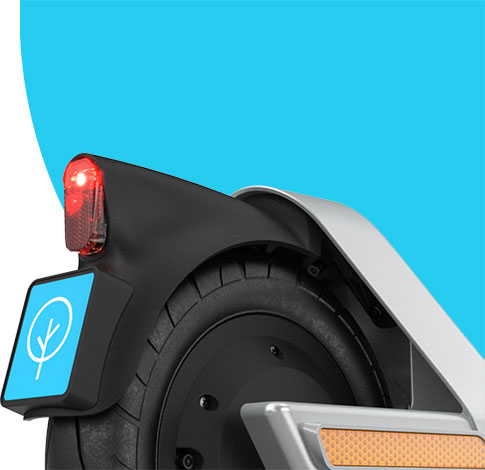7 Ways Bird is Increasing Global Access to Transportation Options

We’ve broken down the seven ways Bird increases access to transportation around the world.
1. Replacing short car & ride-hail trips: More than half of all car trips in the United States are under four miles in length. Bird is a natural fit for short trips in cities, and our dockless model makes it easy for riders to get exactly where they need to go, door-to-door. Today, about one in three Bird trips would have otherwise been made by car or ride-hail.
2. Displacing longer car trips: Bird’s newest vehicle, Cruiser, will make it possible to cover longer distances, carry heavier items (or a friend), and sit down for the journey. Cruiser will have the means to tackle the steepest hills and extend “last mile” connectivity beyond what stand-up e-scooters are capable of today. Read more about Bird Cruiser here.
3. Connecting to public transit: For longer trips, Bird is a natural complement to public transit, bridging the first- and last-mile gaps and making transit more convenient for more riders. In a recent survey of Bird riders in Paris, more than 30% of respondents reported their last trip as connecting with public transport. In contrast to ride-hail, which has been shown in many cases to replace bus and rail trips, transit and micro-mobility are a natural pair.
4. Combating congestion: Bird enhances transportation access for the roadway by occupying less of it. Cities like Lisbon have committed to repurposing hundreds of car parking spaces for micro-mobility parking, turning storage space for one vehicle into enough for more than ten. We’ve also collaborated with cities like Kansas City on tactical micro-mobility lanes, showing how better street design can help people move.
5. Reaching new areas: We work to cover areas outside of traditional docked bike share service areas, making micro-mobility accessible to new neighborhoods, populations, and trip types. Widespread access has allowed ridership to boom; during 2018, the first full year of scooter sharing, operators like Bird more than doubled the number of U.S. shared micro-mobility trips.
6. Helping cities plan: According to LADOT Director Seleta Reynolds, “code is the new concrete”. Bird’s independently-verified data feeds give cities the data they need to manage micro-mobility today and build infrastructure to better support it in the future. We provide cities the vital building blocks to help them transition toward a more human-scaled, accessible, and car-light future.
7. New business models: Even in places where Bird isn’t yet present, riders can now rent scooters on a monthly basis and buy our newest scooter model, the Bird One. This means more car-free mobility in more places.
Bird is continuing to grow and evolve rapidly, but our core values and goals remain the same. Bird provides riders access to an affordable and green transport option, globally. Hop on, while we ride towards a more livable future together. #EnjoyTheRide
